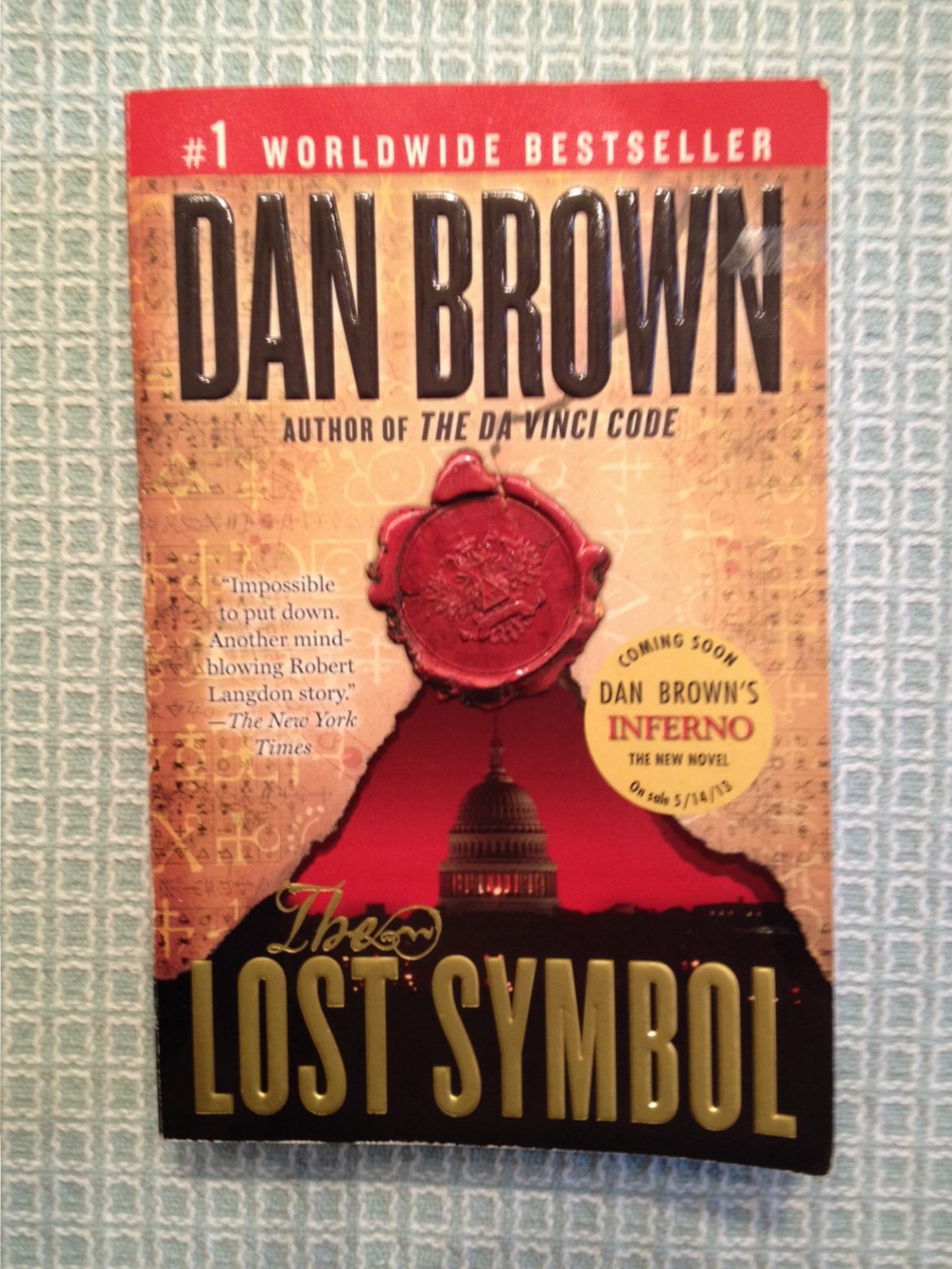
A Review of The Lost Symbol

A Review of The Lost Symbol
By: claycormany in Books
Brown, Dan. The Lost Symbol. New York: Anchor Books, 2009.
Dan Brown’s The Da Vinci Code sold millions of copies and generated considerable controversy with its provocative ideas about The Holy Grail and “the sacred feminine.” Robert Langdon, the dogged Harvard symbologist from The Da Vinci Code, returns to take on new challenges in Brown’s 2009 novel The Lost Symbol. This time Langdon must try to decipher Masonic codes that could potentially uncover long-hidden troves of ancient wisdom. Langdon must crack these codes to save the life of his friend and mentor, Peter Solomon, a high-ranking Mason as well as head of the Smithsonian Institution. A clever villain has captured Solomon and will kill him unless Langdon reveals the meaning behind the Masonic codes. In his quest to understand the cryptic symbols, Langdon receives help from Peter’s sister Katherine, a noetic scientist, and Warren Bellamy, “Architect of the Capitol.” He also temporarily runs afoul of federal agents who have their own reasons for tracking down Peter’s kidnapper.
Brown does a good job of engaging the reader, ending almost every chapter with a crisis or question that begs to be resolved. At the same time, many of the scenes, especially those in the Capitol, are unnecessarily long. The paperback version of The Lost Symbol runs over 600 pages; Brown could have shortened the book by 50 pages or more without harming either plot or character development. Brown is also no master of wordsmithing. His sentence patterns become repetitive and predictable. Langdon and other characters are constantly “stunned,” “speechless,” and “skeptical.” They also do a lot of staring and head shaking in addition to finding themselves often immersed in “darkness” or “blackness.”
Yet Brown deserves credit for making Robert Langdon a likeable and interesting character. The Harvard professor is intelligent but not pompous, inquisitive but not overbearing. He makes no effort to hide his lack of faith, but feels no need to disparage those who have faith. In some ways, Langdon can be compared to Indiana Jones in that both men possess highly specialized knowledge that empowers them to solve riddles most people cannot. However, unlike Jones, Langdon seems to stumble into his adventures rather than seek them out.
Brown also deserves credit for creating a fiendishly cunning villain to match wits with Langdon in The Lost Symbol. This bizarre megalomaniac has delusions of grandeur that are other-worldly in more ways than one. The fact that he is physically powerful as well as smart makes him all the more dangerous. Brown does not try to make readers sympathize with this villain but he does offer some backstory on him. As a result, the villain becomes plausible, and readers can understand the motivation behind his evil plans.
People who enjoyed The Da Vinci Code and Angels and Demons will probably enjoy The Lost Symbol, too. They will have fun as Professor Langdon struggles to break codes and uncover secrets, while trying to save his friend and avoid being captured himself. Along the way, they will learn some little-known facts about our nation’s capital and the Masons. And they will make the acquaintance of a frightening character who might well turn up in their nightmares.

